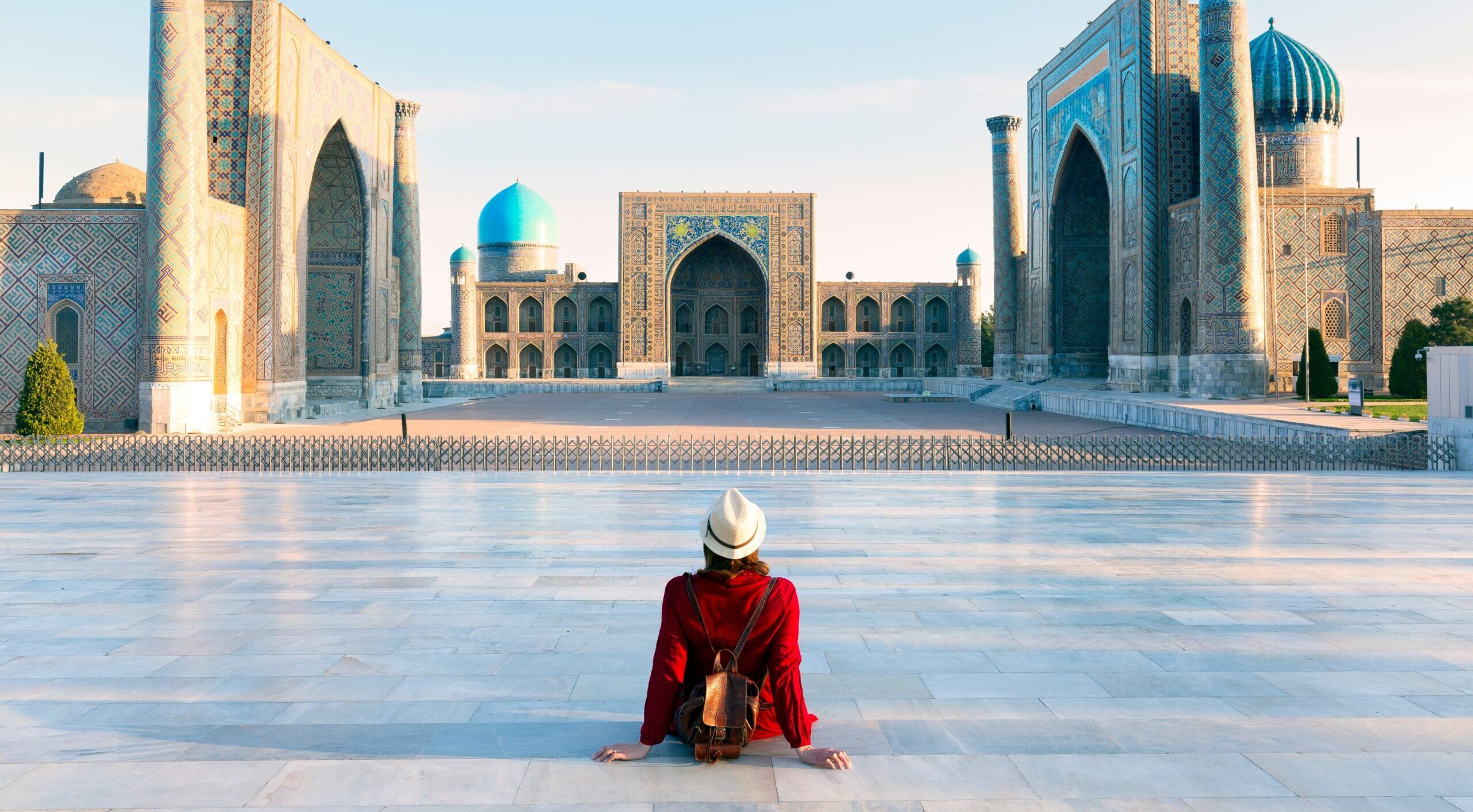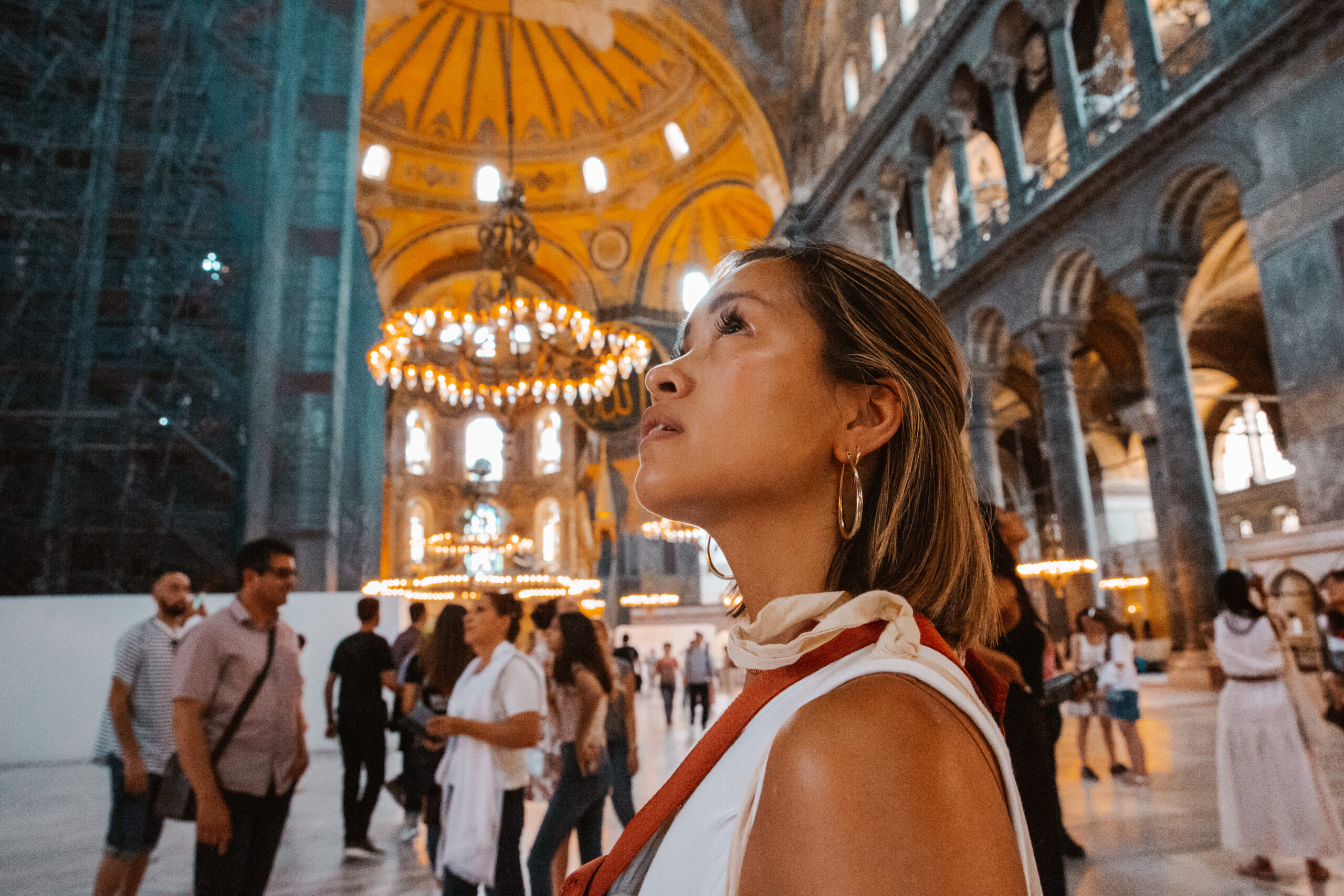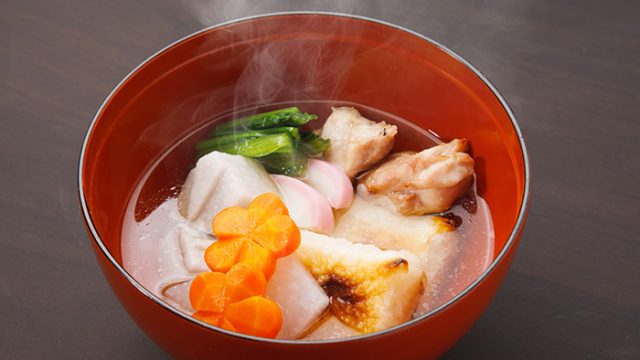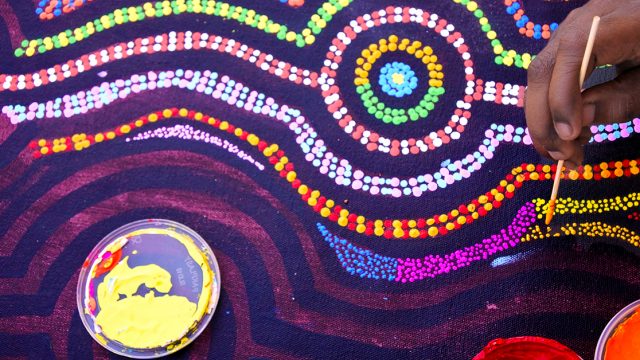Articles found in: Morocco

5 Reasons Solo Travelers Love Group Adventures
Published on March 27, 2025
5 Reasons Solo Travelers Love Group Adventures Mandy Liebig, Exodus Adventure Travels In the delicate balance between solitude and connection lies a beautiful paradox: sometimes the richest solo journeys unfold within the embrace of a thoughtfully curated small group. Beyond the logistics of shared transportation and expertly planned routes, these intimate adventures offer solo travelers […]
Keep reading
Solo Women’s Travel is Exploding—And We’re Running to Keep Up
Published on March 5, 2025
Solo Women’s Travel is Exploding—And We’re Running to Keep Up Leigh Barnes, Intrepid Travel’s President of Americas From backcountry hiking in America to off-the-beaten-path adventures in Morocco, women-led, women-for-women trips are taking off. Intrepid Travel, a world leader in responsible travel and small group adventure tours, plans to not just double down on the solo […]
Keep reading
Unexpected Holiday Dishes Around the World – with recipes
Published on December 11, 2023
Unexpected Holiday Dishes Around the World – with recipes By: Gina Bang, Director of Marketing, Avanti Destinations One of the best-loved parts of any holiday is the special food we celebrate with, both savory and sweet. Here, we present 12 holiday specialties – with links to recipes – from countries as diverse as Morocco, Japan, […]
Keep reading
Ten Countries for Crafts with a Cause
Published on October 27, 2021
Ten Countries for Crafts with a Cause By Overseas Adventure Travel In survey after survey, up to 76% of consumers say that they’d rather spend their money on experiences than things. They further cite “meaning,” “inspiration,” “fun,” and “learning” as outcomes they seek. Travelers can count on all of the above on one of Overseas […]
Keep reading
Scenes from the Essaouira Fish Market
Published on January 4, 2018
By Tanveer Badal, AFAR Ambassador One of my favorite things to do when traveling to a new destination is to take a morning walk. My first-day plan is almost always the same: arrive, unpack, have a nice dinner, and go to bed early. Then, I’ll get up as the sun rises and start walking, without a […]
Keep reading
Getting Lost in the Fez Medina
Published on December 11, 2017
By AFAR Ambassador Tanveer Badal This October, I had a chance to travel to Morocco with luxury tour operators Alexander+Roberts as an ambassador of AFAR magazine. This was my second visit to a country I’d already fallen in love with during a trip in 2014. One of the reasons I was particularly excited to […]
Keep reading
